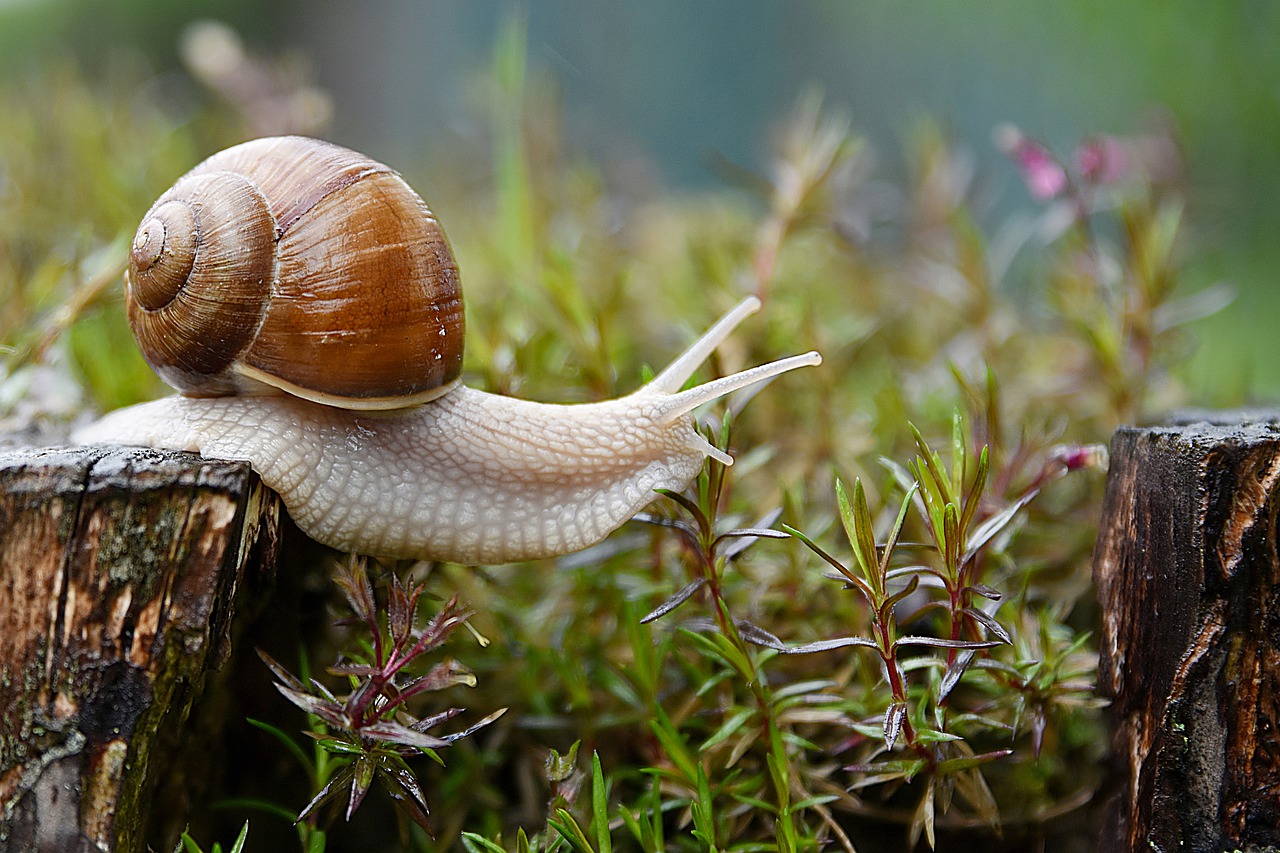

Articles
What Do Garden Snails Eat
Modified: May 6, 2024
Discover what garden snails eat and how to manage them in your gardening space. Improve your gardening knowledge with helpful tips and insights.
(Many of the links in this article redirect to a specific reviewed product. Your purchase of these products through affiliate links helps to generate commission for Storables.com, at no extra cost. Learn more)
Introduction
Gardening is a wonderful hobby that allows us to connect with nature and create beautiful outdoor spaces. Whether you have a lush garden or a small balcony, tending to plants and watching them thrive can be incredibly rewarding. However, every garden comes with its own set of challenges, including dealing with pests and finding the right balance of nutrients for your plants.
One common pest that many gardeners encounter is the humble garden snail. While these slimy creatures may not be the most desirable garden guests, they play a crucial role in the ecosystem. Understanding what garden snails eat can help you manage their population and protect your precious plants.
In this article, we will explore the dietary habits of garden snails, both in the wild and when they invade our gardens. By understanding their feeding preferences, you can implement effective strategies to minimize damage and maintain a harmonious garden.
Key Takeaways:
- Snails have a diverse diet, including fruits, vegetables, flowers, mushrooms, and even decaying organic matter. Understanding their preferences can help protect your garden and promote a balanced ecosystem.
- Implementing physical barriers, introducing natural predators, and creating a diverse garden can help manage snail populations while respecting their role in the ecosystem. Balancing plant needs with natural behavior leads to a harmonious garden.
Read more: What Do Garden Spiders Eat
Snail Diet in the Wild
In their natural habitat, garden snails have a diverse diet that consists primarily of plant matter. They are considered herbivores, feeding on a variety of fruits, vegetables, and leafy greens. These snails are equipped with a specialized feeding structure called the radula, which is a ribbon-like structure lined with rows of tiny teeth. This allows them to scrape and consume plant material.
Fruits and vegetables are a favorite food source for garden snails. They particularly enjoy softer fruits like strawberries, tomatoes, and melons. Leafy vegetables such as lettuce, spinach, and cabbage are also highly sought after by these slimy creatures. This is because these plants contain a high water content, which is important for the snail’s hydration.
Additionally, garden snails have a penchant for flowers and petals. They can often be found munching on delicate blooms such as roses, marigolds, and pansies. While the sight of snails devouring your beautiful flowers may be disheartening, it’s crucial to remember that they are just following their natural instinct to find food.
Another interesting part of a snail’s diet in the wild is mushrooms. These fungi provide important nutrients and moisture to snails. You may notice them exploring the damp areas of your garden in search of mushrooms, especially after a rainfall.
Aside from plant matter, garden snails also consume algae and moss. These can be found growing on surfaces like rocks, tree trunks, and even on the walls of your garden structures. Algae and moss serve as an additional food source for snails, especially when other vegetation is scarce.
Fruits and Vegetables
Fruits and vegetables are a significant part of a garden snail’s diet. These creatures have a particular fondness for softer fruits and vegetables due to their high water content and easy accessibility. Their feeding habits can inflict damage to your garden, so it’s important to take preventive measures to protect your plants.
When it comes to fruits, garden snails have a penchant for strawberries, tomatoes, and melons. These juicy delights attract snails due to their sweetness and moisture. To safeguard your fruit-bearing plants, consider using physical barriers like netting or mesh to prevent snails from reaching the fruits.
Leafy vegetables are also prime targets for garden snails. Lettuce, spinach, and cabbage are among their favorites. These delicate greens provide a nutritious and easily consumable food source. To protect your leafy vegetables, you can try creating a barrier around the plants using materials like copper tape or diatomaceous earth. These substances create a physical deterrent for snails, as they do not like the sensation of crawling over them.
Additionally, snails may also feed on other vegetables in your garden, such as broccoli, peas, and beans. These plants often have tender foliage that snails find irresistible. To reduce snail damage, consider using organic pest control methods like handpicking snails or introducing natural predators like ducks or frogs into your garden.
It’s worth noting that different snail species may have varying feeding preferences. Pay attention to the specific plants that are being targeted in your garden, as this can help you identify the types of snails present and better tailor your control methods.
By implementing preventive measures and taking early action, you can mitigate snail damage and ensure the health and productivity of your fruit and vegetable plants.
Leafy Greens
Leafy greens are a staple in many gardens and are also a favorite snack for garden snails. These plants provide a rich source of nutrients for snails and are often targeted due to their tender foliage and high moisture content.
Popular leafy greens that snails enjoy include lettuce, spinach, kale, and arugula. These plants have succulent leaves that are enticing to snails, making them prime targets for feeding.
When snails feed on leafy greens, they can leave behind a distinctive trail of slimy mucus, indicating their presence. This can lead to unsightly damage, including chewed leaves or holes in the foliage.
To protect your leafy greens from snail damage, there are several strategies you can employ. One effective method is to create a physical barrier around the plants. This can be accomplished using materials such as copper tape or a ring of crushed eggshells, which snails dislike crawling over.
You can also try using natural predators to control the snail population. For instance, introducing beneficial insects like ladybugs or lacewings can help keep snail numbers in check. These predators feed on snails and their eggs, providing a natural form of pest control.
Another option is to use organic snail repellents. There are commercially available products made from natural ingredients like garlic, chili powder, or coffee grounds that can deter snails. These repellents create an unpleasant environment for snails, discouraging them from feeding on your leafy greens.
Regular inspection and handpicking of snails can also help keep their population under control. Take a stroll through your garden in the early morning or evening when snails are most active, and remove any snails you come across. Dispose of them in a location far away from your garden to prevent them from returning.
By employing a combination of these strategies, you can protect your precious leafy greens and enjoy a thriving garden throughout the season.
Flowers and Petals
One of the more aesthetically pleasing aspects of gardening is the blooming of colorful flowers. Unfortunately, garden snails have a tendency to enjoy these vibrant blooms as well. Their appetite for flowers and petals can lead to unsightly damage and diminished beauty in your garden.
Garden snails are known to nibble on a variety of flowers, including roses, marigolds, pansies, and many others. Their feeding habits can leave behind ragged edges or partially eaten petals, which can detract from the overall appearance of your flowers.
To protect your flowers from snail damage, it’s essential to implement preventive measures. One effective strategy is to create a physical barrier around your flower beds or potted plants using materials like copper tape or a ring of crushed eggshells. Snails are deterred by these textures and will be less likely to climb over them.
You can also try using organic snail repellents made from natural ingredients like garlic, cinnamon, or peppermint oil. These scents can be off-putting to snails and may help deter them from feeding on your flowers.
Inspect your flowers regularly, especially in the early morning or late evening when snails are most active. If you spot any snails, you can manually remove them and relocate them away from your garden.
In addition to prevention and control methods, it’s important to choose flower varieties that are less appetizing to snails. Some flowers, like geraniums, impatiens, and begonias, are known to be less attractive to snails due to their taste or texture. Including these varieties in your garden may help reduce snail damage.
Gardening should be a delight for the senses, and the beauty of flowers should not be marred by snail feeding. By employing these strategies, you can protect your precious blooms and enjoy a vibrant and snail-free garden.
Read more: What Does Garden Lizards Eat
Mushrooms
Garden snails have an interesting dietary preference for mushrooms. These fungi provide important nutrients and moisture to snails, making them a desirable food source. If you have mushrooms growing in your garden, it is likely that snails will be attracted to them.
Snails are adept at locating mushrooms, especially after a rainfall when mushrooms tend to flourish. They use their keen sense of smell to find these tasty treats and will actively seek them out in your garden.
While some gardeners may enjoy the presence of mushrooms as a natural and beneficial part of the ecosystem, others may find them unsightly or unwanted. If you wish to control the snail population and reduce their feeding on mushrooms, there are several measures you can take.
One method is physical removal. If you spot snails feasting on mushrooms, you can manually pick them off and relocate them away from the area. This can help reduce the number of snails in your garden and limit their impact on mushrooms.
Creating a barrier around mushroom patches can also deter snails. You can use materials such as diatomaceous earth, which is a natural substance that is abrasive to snails while being safe for other garden inhabitants.
Another option is to introduce natural predators of snails into your garden, such as ducks or frogs. These creatures are known to have a hearty appetite for snails and can help keep their population in check.
However, it’s important to strike a balance. Removing all mushrooms from your garden may disrupt the natural ecosystem and deprive other wildlife of their benefits. It’s best to find a middle ground that allows you to manage the snail population while still allowing mushrooms to play their role in the garden.
By considering these strategies and taking a thoughtful approach, you can strike a balance between managing snails and preserving the beauty and biodiversity of your garden, including the presence of mushrooms.
Garden snails eat a variety of plant matter including leaves, flowers, and fruits. They also consume decaying organic matter and can be attracted to food scraps left in the garden. Keep your garden tidy to discourage snails.
Algae and Moss
Garden snails have a diverse palate, and in addition to plants, they also consume algae and moss. These aquatic and semi-aquatic organisms serve as an additional food source for snails, especially when other vegetation is scarce or inaccessible.
Algae are simple plant-like organisms that can be found growing in various environments, usually in moist or wet conditions. They can form as a green film on surfaces like rocks, tree trunks, or even the walls of your garden structures.
Moss, on the other hand, is a type of small, non-vascular plant that thrives in damp and shady areas. It forms a dense carpet-like growth on the ground, rocks, or on other surfaces.
Garden snails are attracted to both algae and moss due to their high moisture content and nutritional value. They can be seen grazing on these surfaces, using their radula to scrape off and consume the plant material.
If you have algae or moss growth in your garden and want to prevent excessive snail activity, there are a few steps you can take.
Firstly, you can physically remove excess algae or moss from surfaces where snails are congregating. This can reduce the snails’ food source and make the area less appealing to them.
Improving drainage and reducing moist conditions in your garden can also discourage the growth of algae and moss. Snails are less likely to be attracted to areas with dry or well-drained soil.
Creating a barrier around areas prone to algae or moss growth can help prevent snail feeding. This can be done using materials like copper tape or applying a layer of gravel or sand, which snails find difficult to crawl over.
Introducing natural predators of snails into your garden, such as birds or frogs, can also help keep the snail population in check. These predators may consume snails as well as any potential food sources like algae or moss.
By taking these steps and managing the growth of algae and moss in your garden, you can limit snail activity and maintain a more desirable environment for your plants and outdoor living spaces.
Decaying Organic Matter
When it comes to their diet, garden snails are not just limited to fresh plant matter – they also have a taste for decaying organic matter. This includes plant debris, fallen leaves, and other decomposing materials found in and around your garden.
Snails are known as nature’s recyclers, as they play an important role in breaking down and recycling organic material. They feed on decaying plant matter, helping to speed up the decomposition process and returning nutrients back to the soil.
If you have a compost pile or composting area in your garden, you may notice snails gathering around it. This is because the decaying organic matter provides them with a plentiful food source.
While garden snails consuming decaying organic matter may not be a cause for concern in most cases, there are situations where their activity can become problematic. For example, if they start to venture into your garden beds and feed on newly planted seedlings or young plants.
To minimize snail damage and prevent them from getting too comfortable in your garden, there are a few steps you can take:
1. Regularly clean up fallen leaves and plant debris to reduce the amount of decaying organic matter available for snails to feed on. This can help discourage their presence in your garden.
2. Create physical barriers around vulnerable plants or newly seeded areas using materials like copper tape or diatomaceous earth. These substances can create a deterrent for snails and prevent them from reaching your plants.
3. Set up designated feeding stations for snails, away from your prized plants. You can place a piece of moist cardboard or an upturned flowerpot in an area of your garden where snails tend to gather. This will provide them with an alternative source of food while protecting your valuable plants.
By implementing these strategies, you can strike a balance between allowing garden snails to play their role in breaking down organic matter while protecting your plants from excessive feeding and damage.
Animal Matter
While garden snails are primarily herbivores, there are instances where they may consume animal matter. This can include small insects, earthworms, or even other snails. Such behavior is more common in certain species of snails and can be influenced by environmental factors and food availability.
When suitable plant matter is scarce or when snails are searching for additional sources of protein, they may turn to animal matter as a supplement to their diet. In some cases, snails may scavenge on the carcasses of dead animals or feed on small insects that become trapped in their slime trails.
When it comes to managing snails in your garden, their consumption of animal matter may not pose a significant concern. However, if snails start intruding on your efforts to attract beneficial insects or disrupt the natural balance of your garden ecosystem, you might want to take preventive measures.
One way to reduce snail activity related to animal matter is to provide alternative food sources. This can be achieved by implementing diverse plantings that provide a variety of food options for snails. When a broader range of plant matter is available, snails are less likely to resort to consuming animal matter.
Creating a habitat that promotes biodiversity is another effective strategy. By attracting natural predators like birds, frogs, or beneficial insects to your garden, you can help keep snail populations in check. These predators will not only target snails but also control insects and other potential prey.
Removing excess debris, such as fallen wood or rocks, can reduce potential shelter for snails and discourage their presence in your garden. Cleaning up areas where dead animals or insects may accumulate can also limit the food sources available to snails.
Lastly, if you notice a significant infestation of snails consuming animal matter, you can resort to manual removal. Regularly inspect affected areas, handpick any snails you encounter, and relocate them away from your garden. This can help manage their numbers and prevent further damage.
Remember, managing snails in your garden is a delicate balance. While their consumption of animal matter may occur, it is typically not a cause for major concern. Focus on creating a healthy and diverse ecosystem that supports a variety of plant life and natural predators to maintain a harmonious garden environment.
Read more: What Do Gardeners Do
Calcium and Mineral Sources
Calcium and minerals are essential for the growth and development of garden snails. These nutrients play a crucial role in maintaining the strength and health of their shells, as well as supporting various physiological functions.
Garden snails rely on external sources to acquire calcium and minerals, as they do not have an internal supply. They seek out specific materials to supplement their diet and ensure proper shell development.
One common source of calcium for snails is the eggshells of other animals. Garden snails have a remarkable ability to detect and consume crushed eggshells, which provide them with a readily available source of calcium.
In addition to eggshells, snails may also consume limestone, seashells, and other calcium-rich substrates found in their environment. They can be observed crawling over these materials, scraping off tiny particles and ingesting them to meet their calcium requirements.
Minerals such as iron, magnesium, and potassium are also important for snail health. These nutrients can be obtained from various sources, including the soil and the plants they consume. Garden snails are known to feed on the leaves of certain plants that are rich in mineral content.
To ensure that snails have access to adequate calcium and minerals in their diet, it’s beneficial to include these elements in your garden environment. You can incorporate crushed eggshells around your plants or create mineral-rich feeding stations using materials like limestone or seashells.
Furthermore, maintaining healthy soil by adding organic matter and using natural fertilizers can help provide a nutrient-rich environment for snails and the plants they consume.
It’s important to note that while ensuring calcium and mineral sources for snails is beneficial, if you are trying to manage snail populations in your garden, you may want to take precautions to limit their access to these resources. Using barriers or repellents around plants or designated areas can help protect your plants while still providing adequate nutrition for snails.
By understanding the importance of calcium and minerals in a snail’s diet, you can ensure their well-being while maintaining a balanced and healthy garden ecosystem.
Conclusion
Garden snails may not be the most desirable guests in our gardens, but understanding their dietary preferences is crucial for managing their presence and minimizing damage to our plants. These slimy creatures have a varied diet that includes fruits, vegetables, leafy greens, flowers, mushrooms, algae, moss, decaying organic matter, animal matter, and the need for calcium and minerals.
To protect your garden from snail damage, there are several preventive measures you can take. Utilize physical barriers like copper tape or crushed eggshells to deter snails from reaching your plants. Consider introducing natural predators such as birds, frogs, or beneficial insects to control the snail population.
Regular inspection and manual removal of snails can also be effective in managing their numbers. Additionally, creating a diverse and healthy garden ecosystem with a variety of plants can help discourage snails from targeting specific species.
While it’s important to control snail populations, it’s equally vital to respect their role in the ecosystem. Snails aid in the breakdown of organic matter, recycling nutrients back into the soil. By finding a balance between managing snail activity and promoting biodiversity in your garden, you can maintain a healthy and thriving outdoor space.
Managing snails requires a combination of science and art. Balancing the needs of your plants with the natural behavior of snails can lead to a harmonious coexistence. By employing preventive strategies and exploring natural and eco-friendly pest control methods, you can enjoy the beauty of your garden while keeping snail damage at bay.
Remember, gardening is a journey that requires ongoing observation and adaptation. By arming yourself with knowledge about snail diets and implementing effective strategies, you can create a flourishing garden that withstands the challenges posed by these persistent garden invaders.
Curious about more than just what garden critters munch on? If snails have become unwelcome guests, find out effective strategies for bidding farewell to garden snails. Maybe your interest in the natural world extends to cultivation; learn valuable tricks on nurturing a thriving vegetable garden. For those battling indoor pests, expert advice on pest control can help secure your pantry from moths. Each piece offers practical advice to enhance your home and garden experiences.
Frequently Asked Questions about What Do Garden Snails Eat
Was this page helpful?
At Storables.com, we guarantee accurate and reliable information. Our content, validated by Expert Board Contributors, is crafted following stringent Editorial Policies. We're committed to providing you with well-researched, expert-backed insights for all your informational needs.
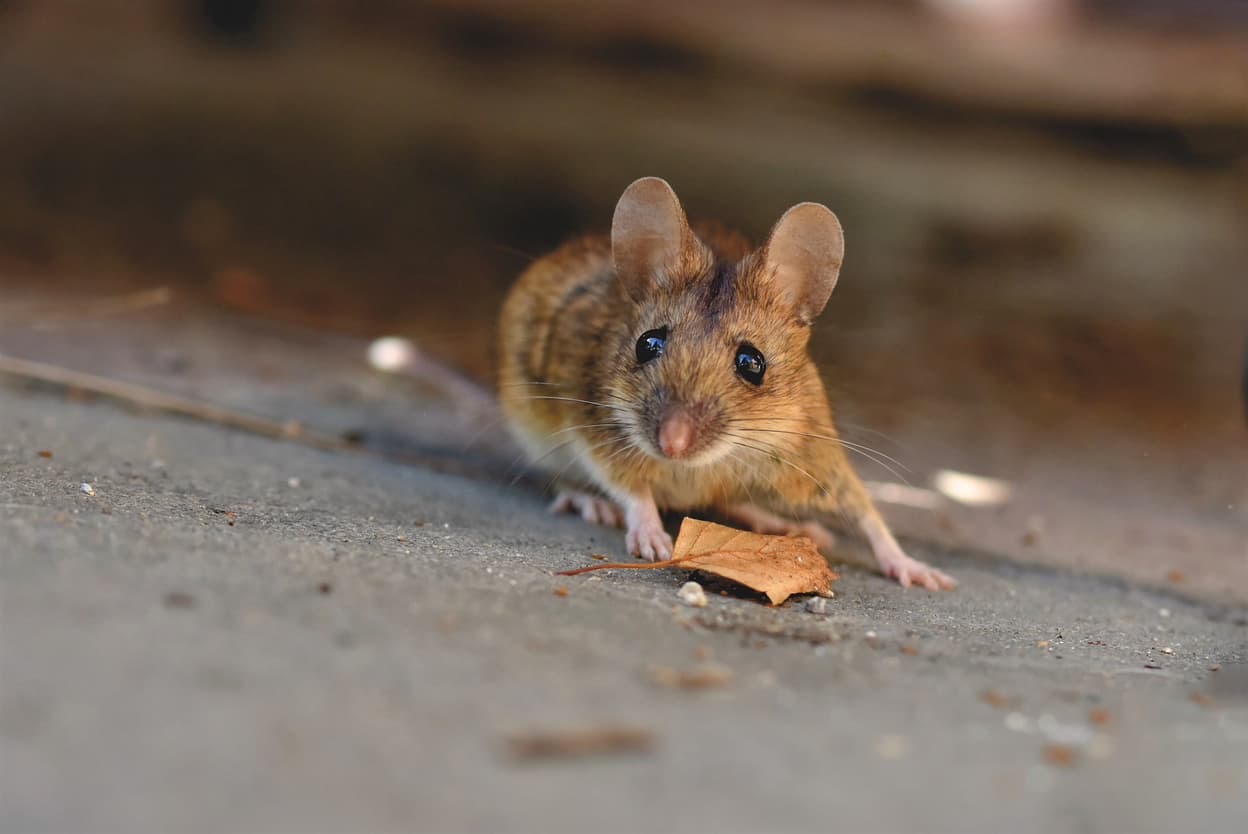
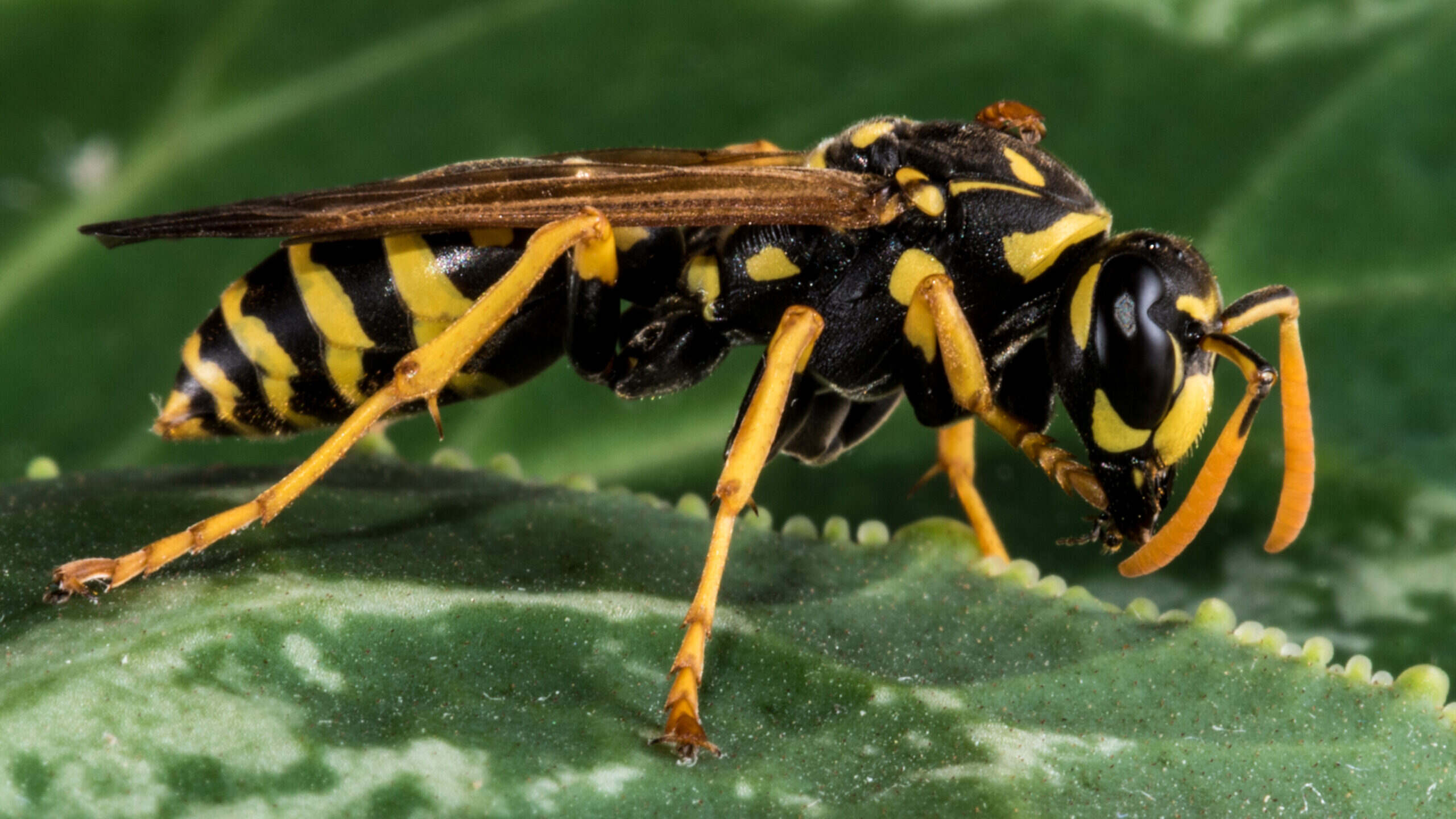
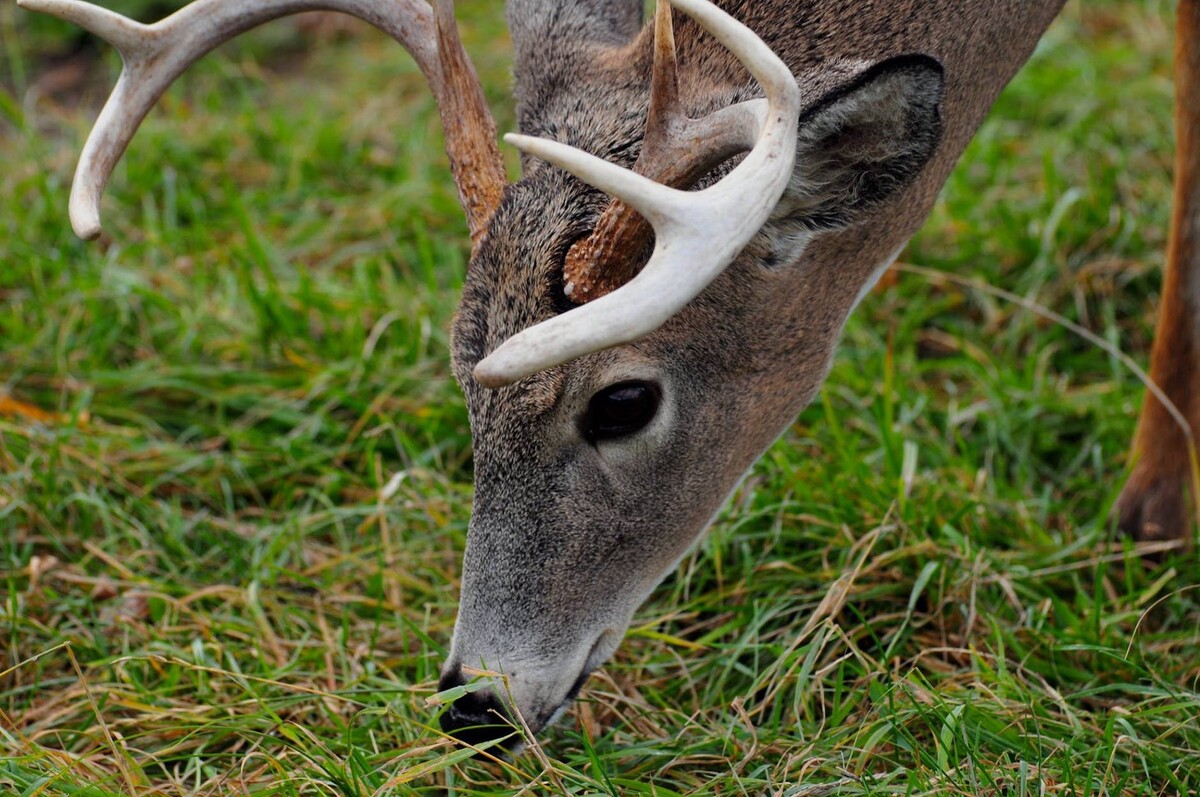
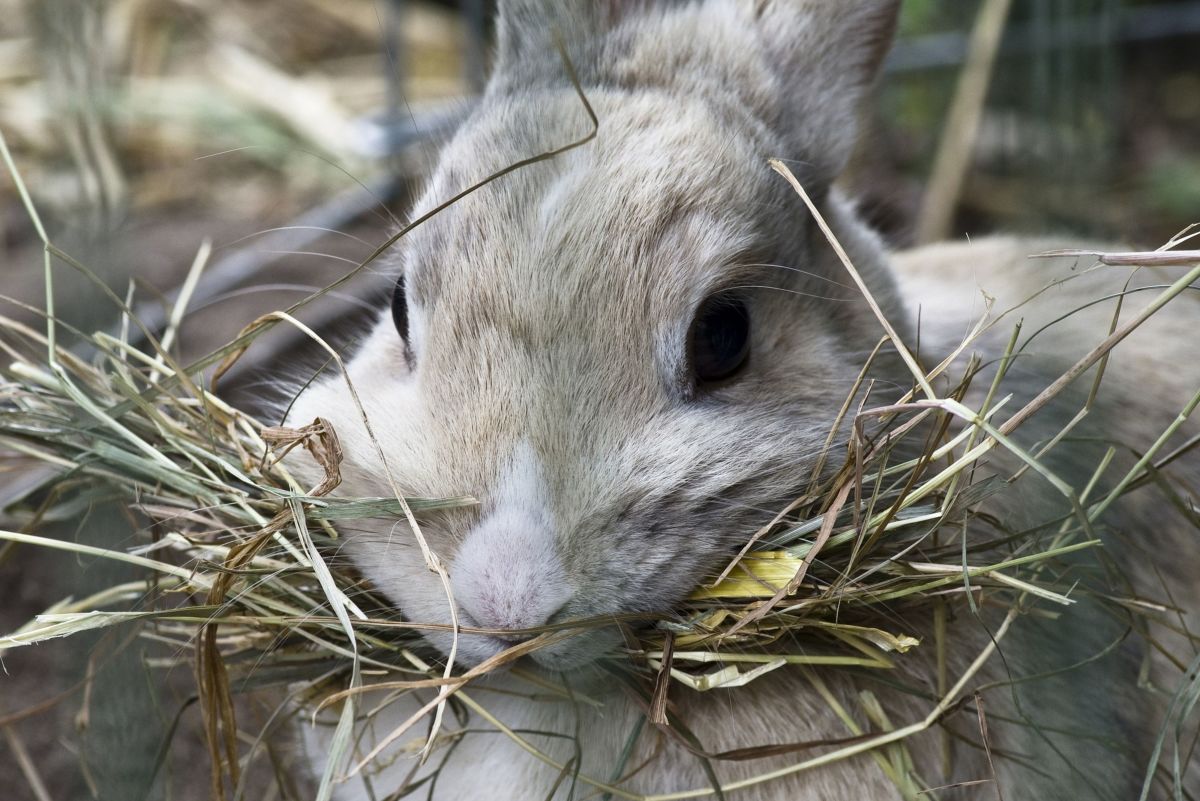

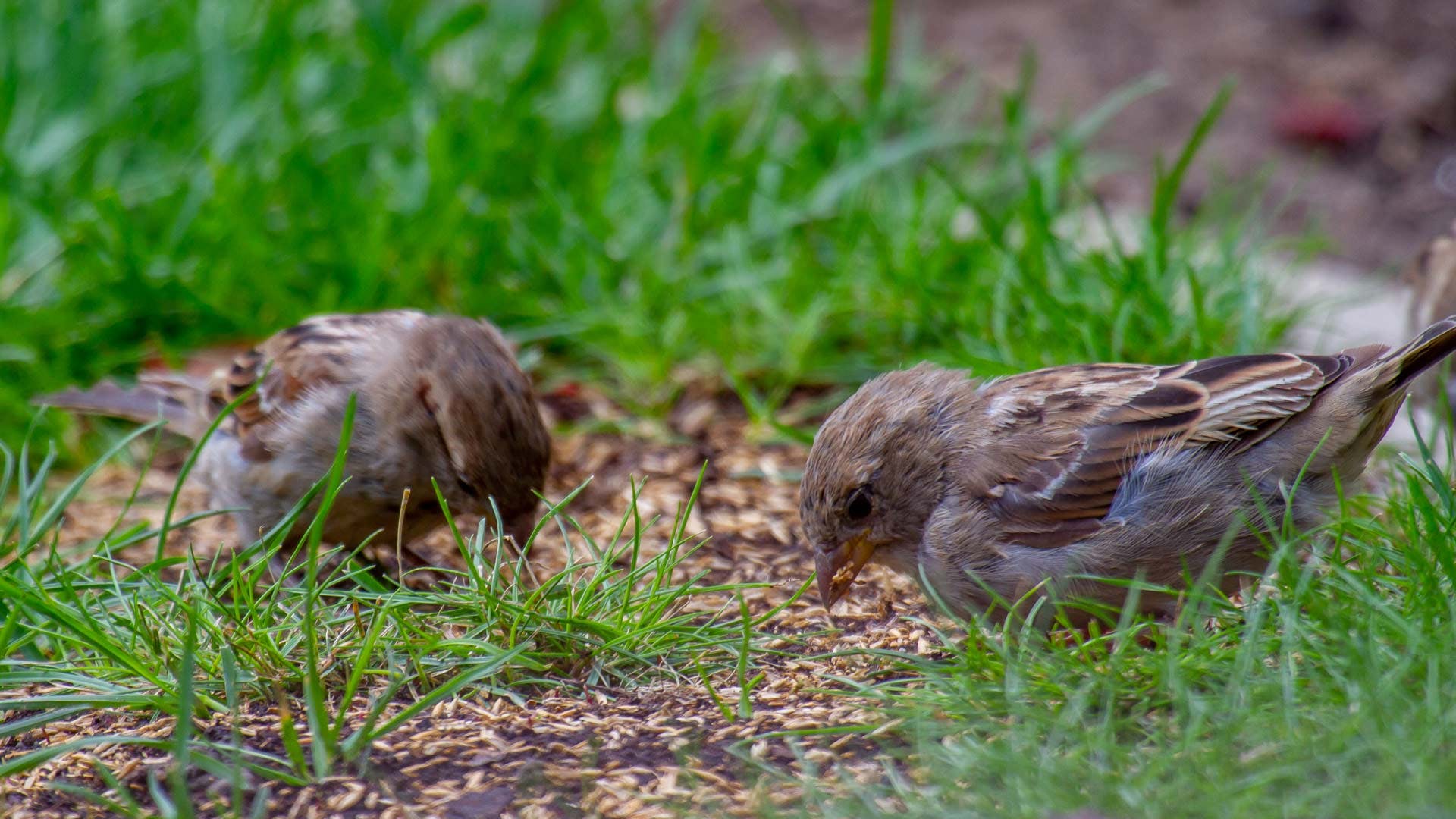
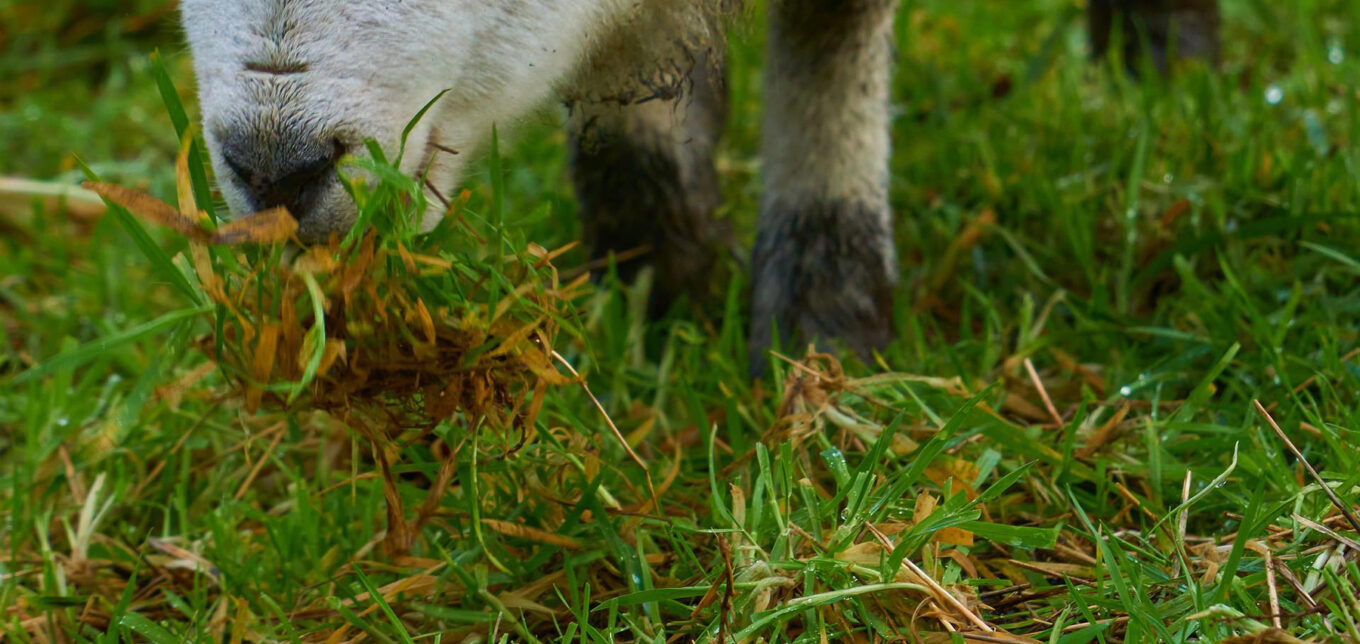
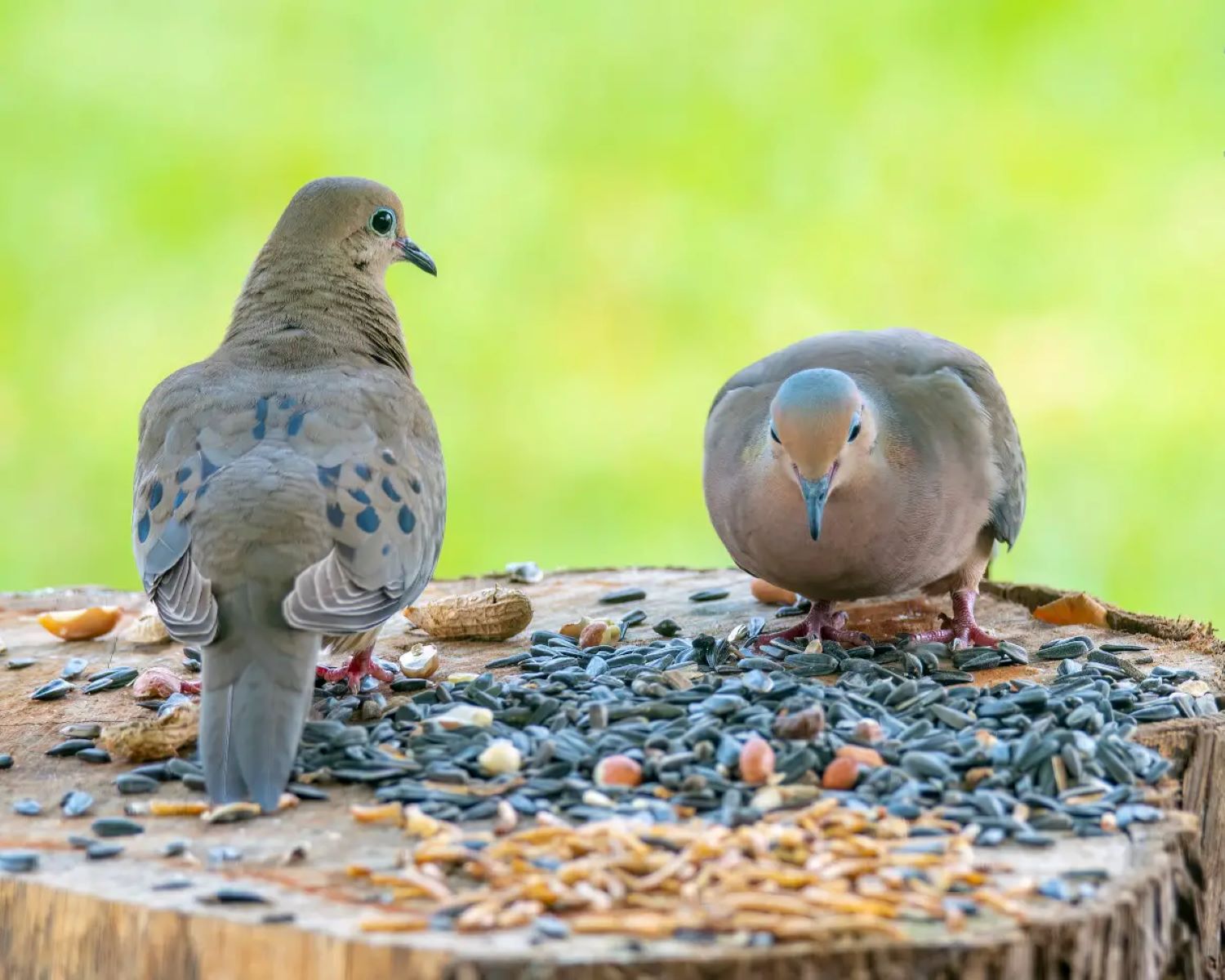
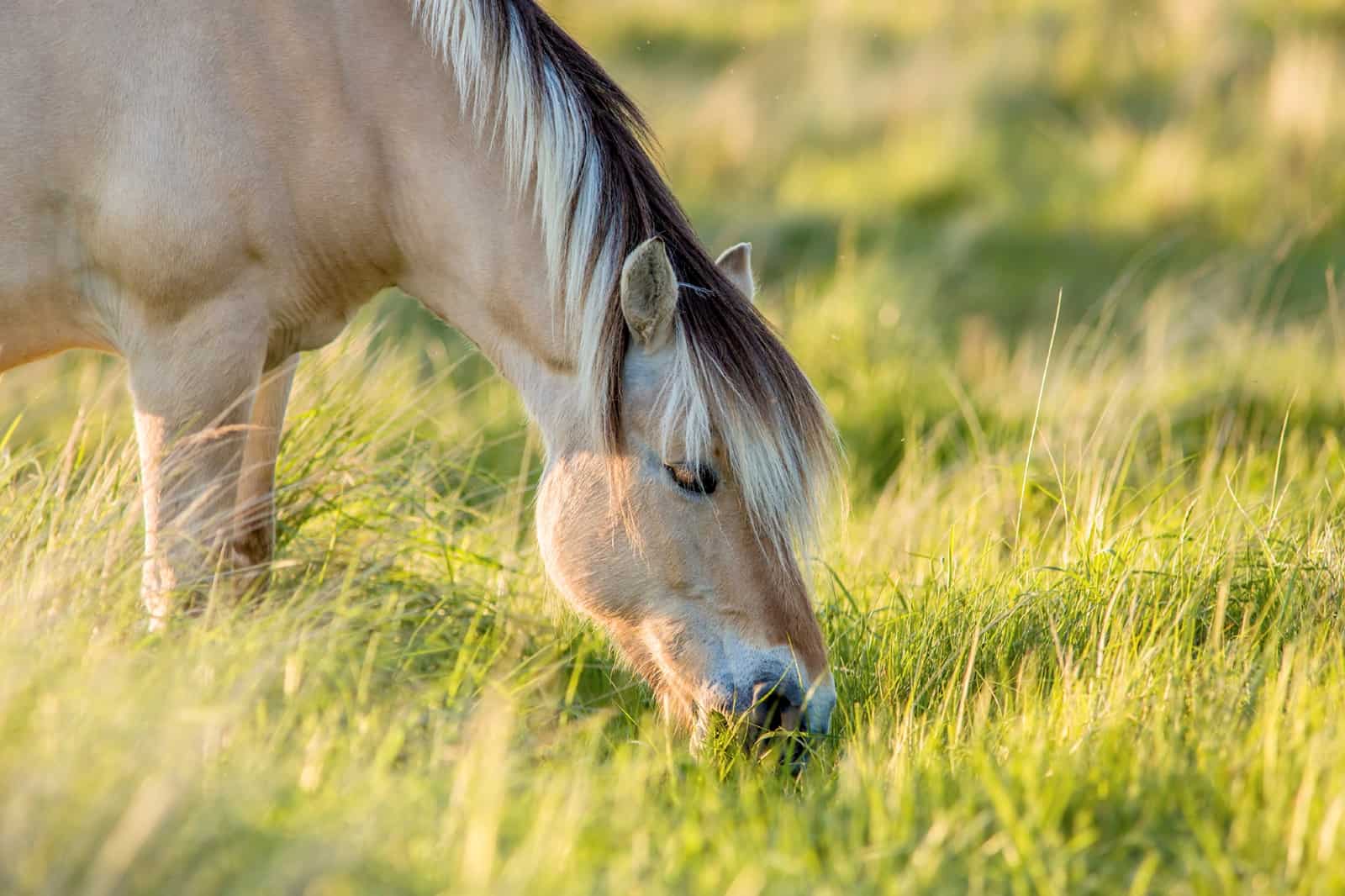


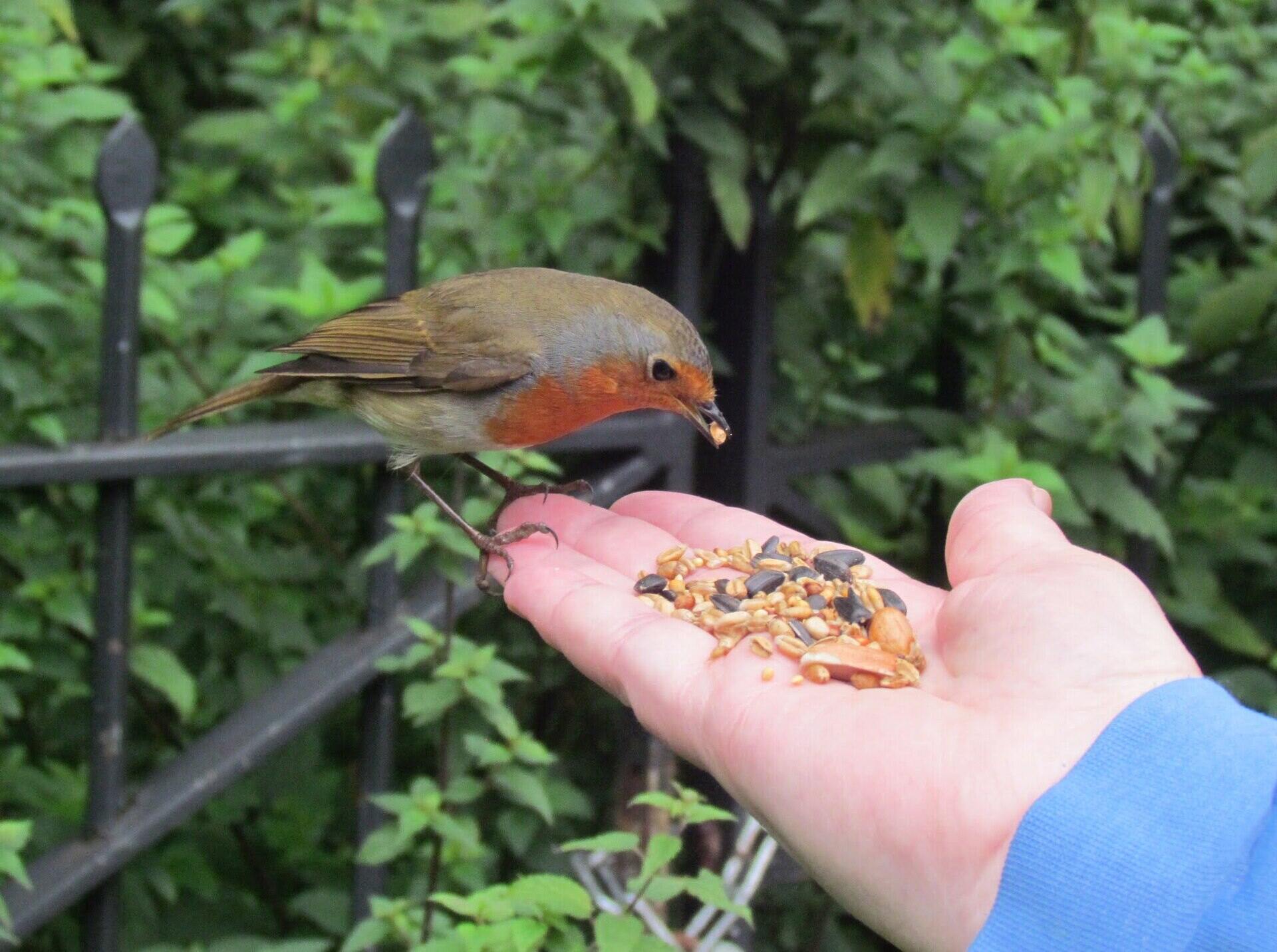
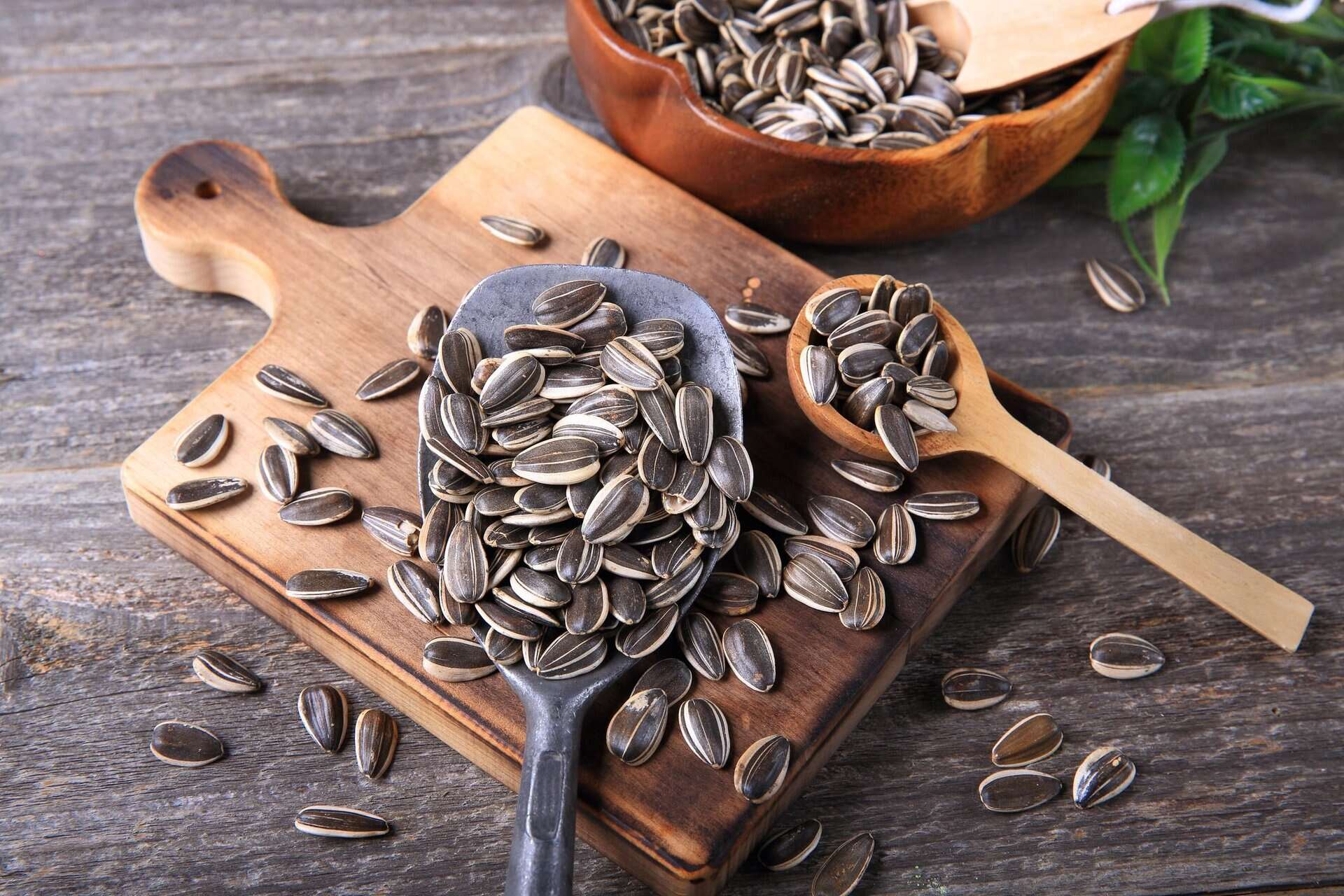

0 thoughts on “What Do Garden Snails Eat”